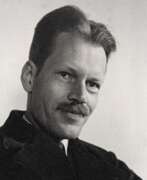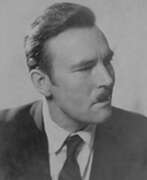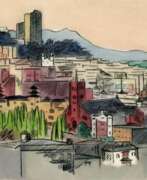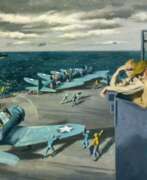Engravers American Realism


George Wesley Bellows was an American realist painter, renowned for his vivid portrayals of urban life in New York City. Born on August 12, 1882, in Columbus, Ohio, Bellows moved to New York in 1904, where he became a central figure in the Ashcan School of painting. This group was known for its realistic and often gritty depictions of everyday city life. Bellows captured dynamic scenes ranging from boxing matches to bustling street views, applying vigorous brushwork that conveyed movement and emotion.
One of Bellows' most celebrated series was his boxing paintings like "Stag at Sharkey’s," which encapsulate the raw, dynamic energy of illegal prizefights in early 20th-century New York. Beyond the ring, his works such as "New York" and "Pennsylvania Excavation" reflected the rapid transformations of urban landscapes. His adaptation of lithography also marked a significant contribution to American art, offering a new medium for expressive possibilities.
Bellows' art is preserved in major institutions such as the Metropolitan Museum of Art and the Museum of Modern Art in New York. His ability to depict the vibrancy and complexity of urban life makes his work a valuable part of American art history.
For updates on exhibitions and available works of George Wesley Bellows, consider subscribing to our newsletter. This subscription will keep you informed about new sales and auction events specifically related to Bellows' art.


William Herbert "Buck" Dunton was an American artist and illustrator born in 1878 and passed away in 1936. He was one of the founding members of the Taos Society of Artists, a collective of artists in New Mexico that was considered one of the most influential art groups in the United States in the early 20th century. Dunton was known for his works dedicated to the life and culture of Native Americans, as well as many Western landscapes. In his paintings, he conveyed the beauty and power of nature, as well as the life of Native Americans in their natural environment. Buck Dunton was a recognized master of his craft, and his works remain popular and sought after in the world of art.


Edward Hopper was an American painter renowned for his skill in depicting the solitude of modern life with evocative uses of light and shadow. Born in 1882 in Nyack, New York, Hopper's early exposure to art came from his supportive parents who nurtured his talents. He began formal art studies at the New York School of Art, learning under influential teachers like William Merritt Chase and Robert Henri. Henri, in particular, encouraged his students to paint personal significance into their works.
Hopper’s style, characterized by its emphasis on solitude and the mundane aspects of American life, often featured settings such as diners, gas stations, and apartment interiors. One of his most famous works, Nighthawks, depicts patrons sitting in a brightly lit diner at night, each seemingly lost in their own thoughts—a perfect example of his theme of urban isolation.
Throughout his career, Hopper enjoyed considerable success and influence, culminating in several retrospectives, including a prominent one at the Museum of Modern Art. His approach to depicting light and his stark, realist views on everyday scenes influenced generations of artists and continue to captivate audiences today. His works are pivotal in understanding American realism and are held in high esteem in museums across the United States.
Lastly, for art collectors and enthusiasts keen on updates about exhibitions or sales featuring Edward Hopper's art, consider signing up for relevant newsletters or alerts. This ensures you remain informed about opportunities to appreciate or acquire works by this pivotal American artist.


Luigi Lucioni was an Italian-American painter known for his still-lifes, landscapes and portraits. He emigrated to the United States in 1911 and studied art at Cooper Union in New York.
Luigi Luccioni's style was influenced by Renaissance painting techniques, and he often used the glazing method to create vivid and detailed images. He was a member of the National Academy of Design and won many awards during his career.


Joseph Henry Sharp was an American artist and one of the founders of the Taos Society of Artists. He painted portraits, landscapes as well as paintings of Native American cultural life.
Joseph Henry Sharp began his career as an artist in the 1880s, working in New York and Paris. His colourful and emotional paintings were characterised by a high degree of realism and detail.


Hale Aspacio Woodruff is an American artist known for his murals, paintings and prints. He studied painting at the John Herron Art Institute in Indianapolis and at the Academy of Art Nouveau in Paris.
Hale Aspacio Woodruff was a prominent figure on the Harlem art scene in the 1920s and 1930s, where he worked alongside other influential artists such as Aaron Douglas and Jacob Lawrence. He was also a professor at Atlanta University, where he taught from 1931 to 1946. One of Woodruff's most notable works is his series of murals depicting the history of African Americans in America, which he painted for Talladega College in Alabama in the 1930s. The murals were later restored and are now in the college's David Hall Fine Arts Center.



















































